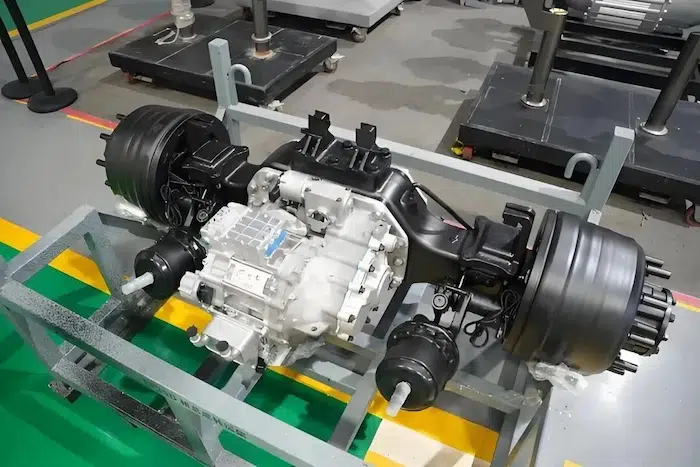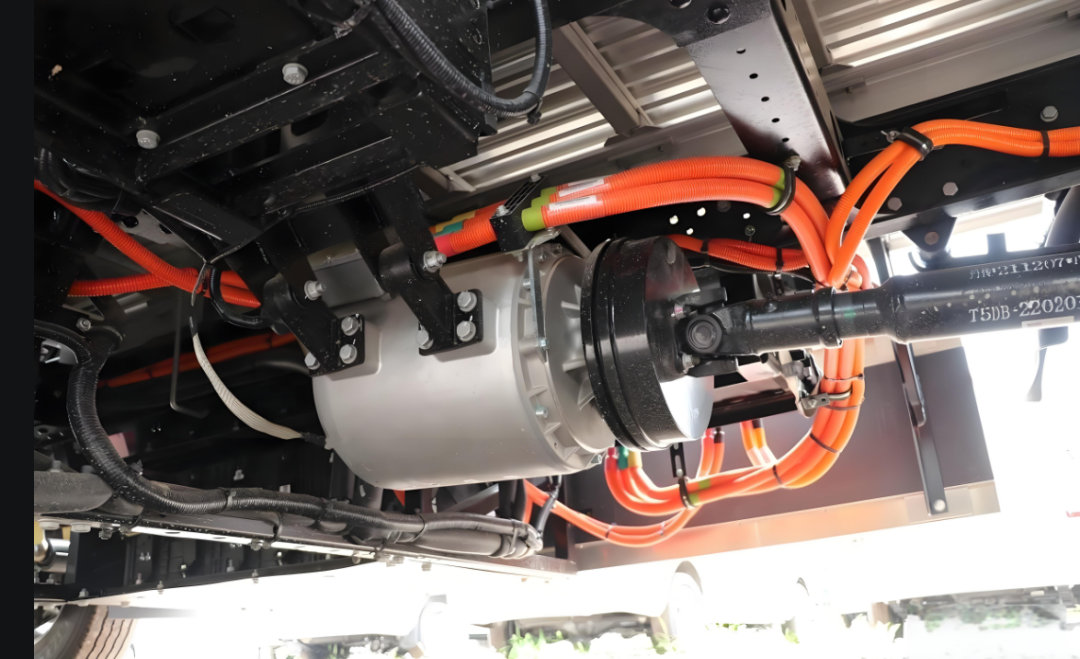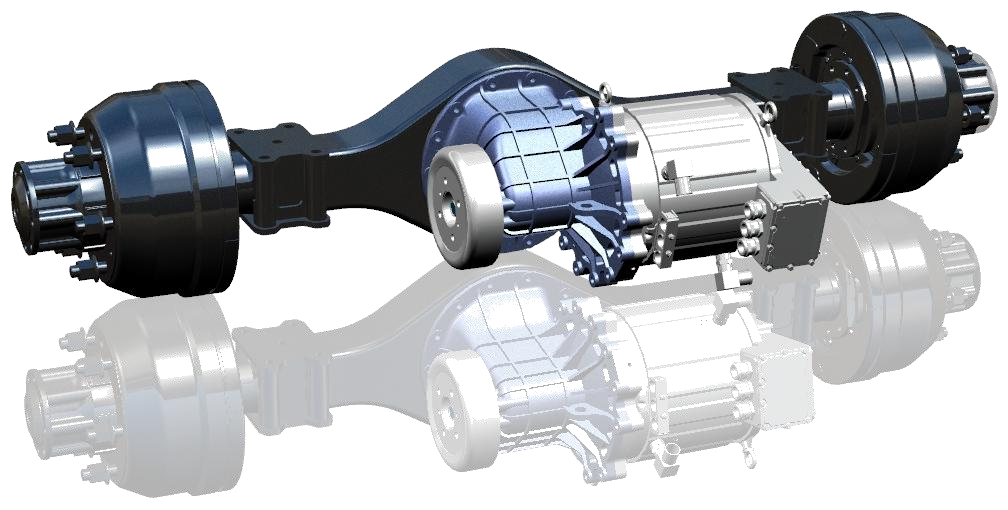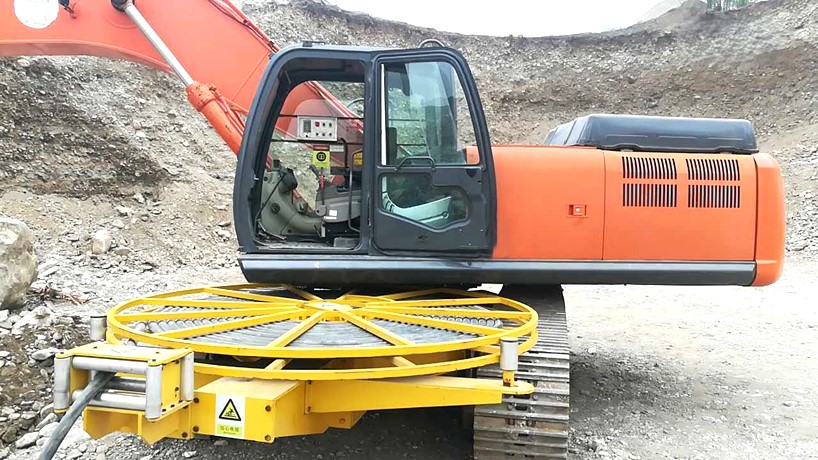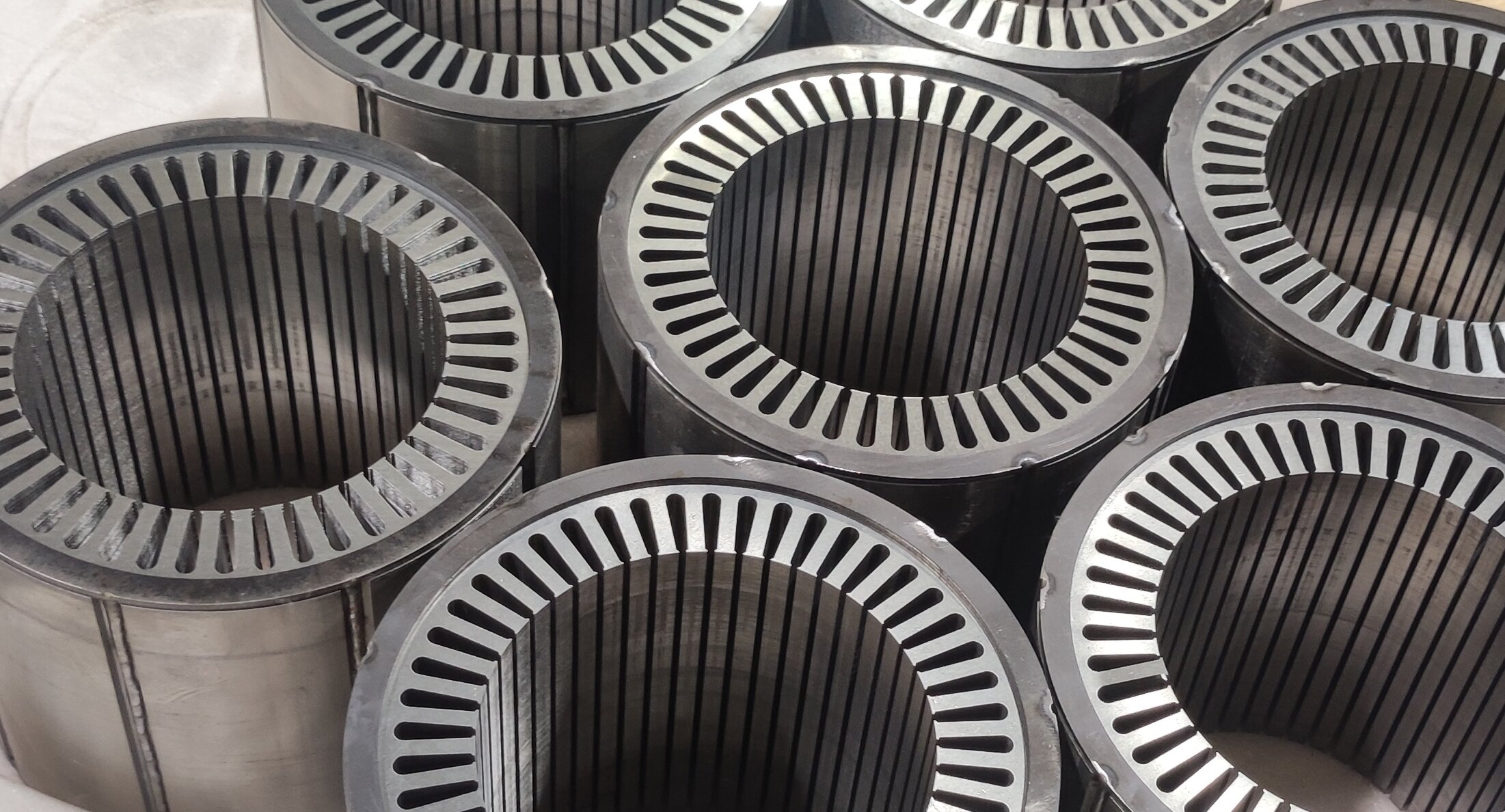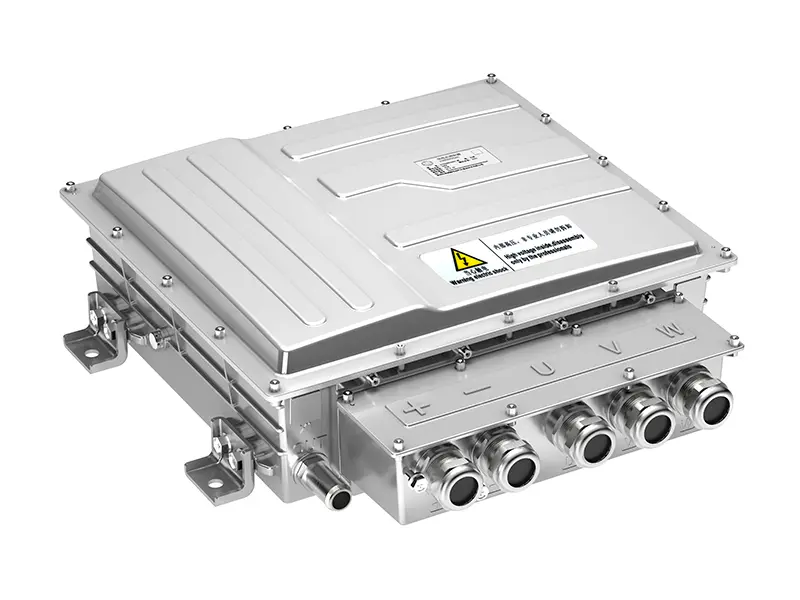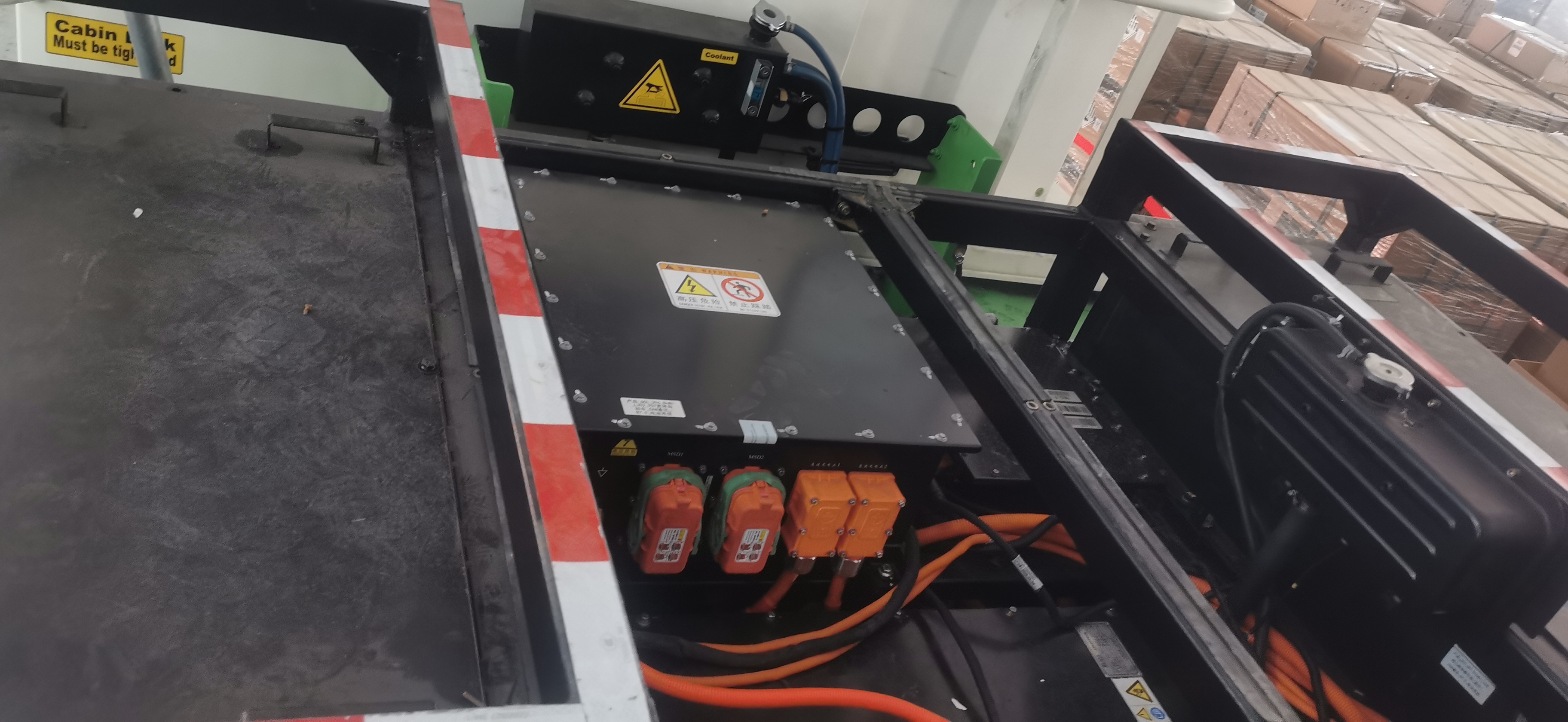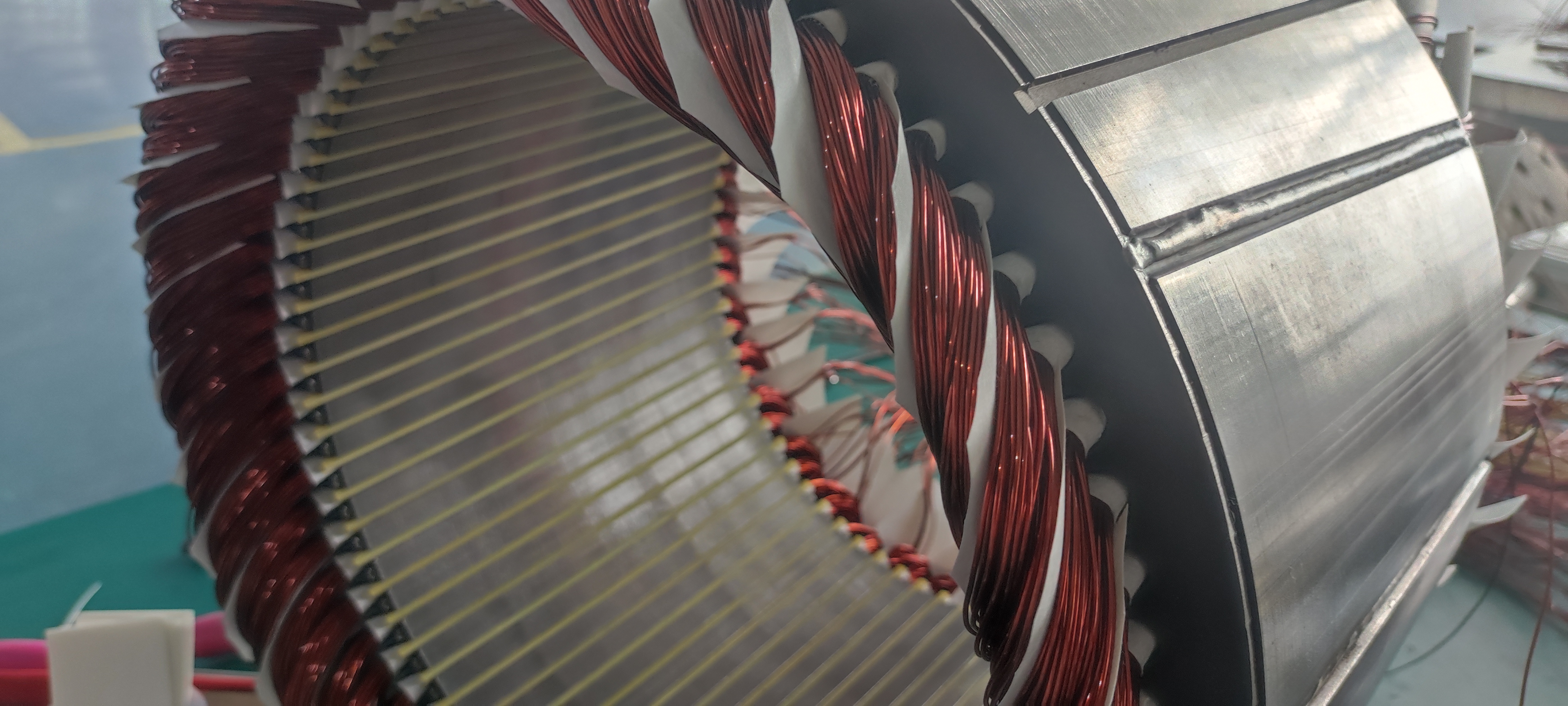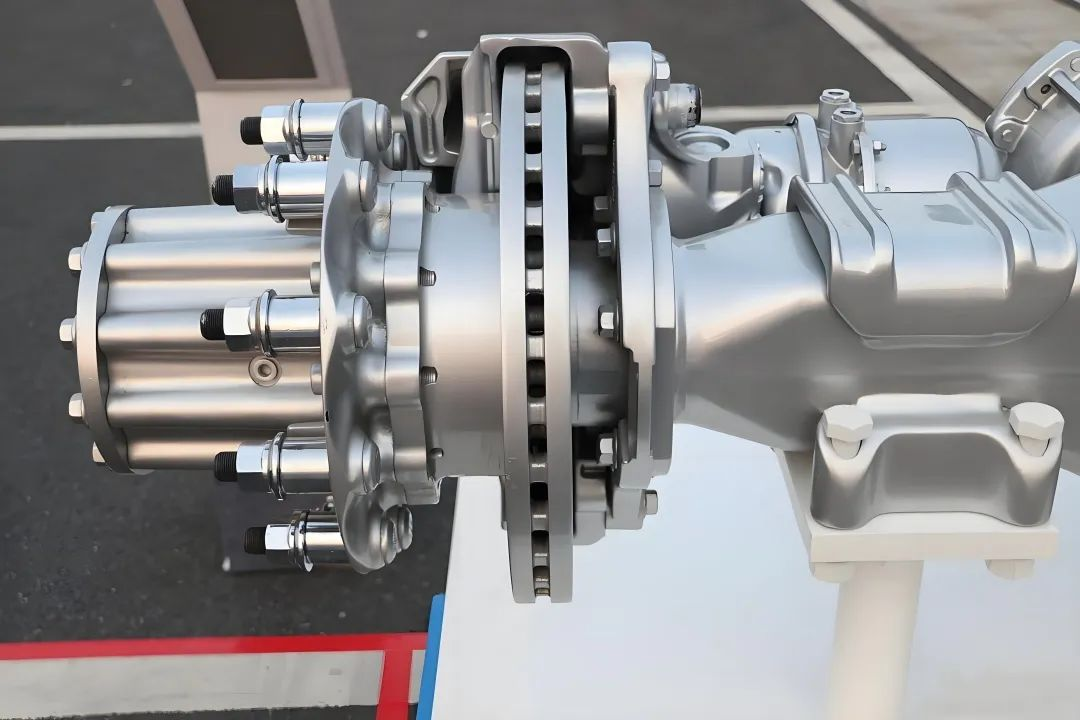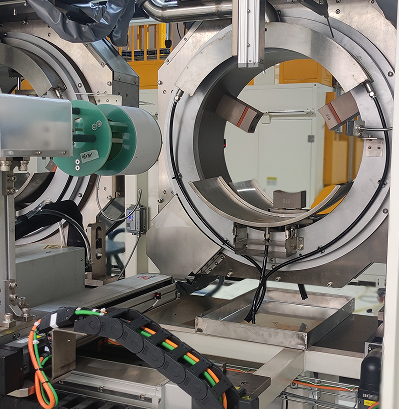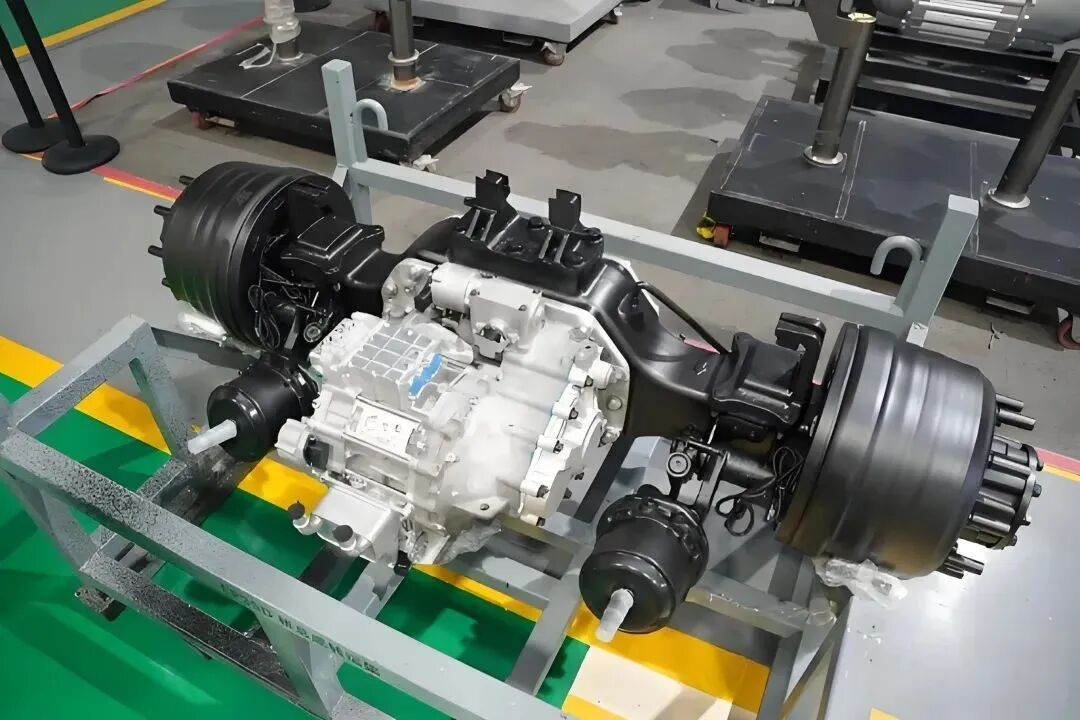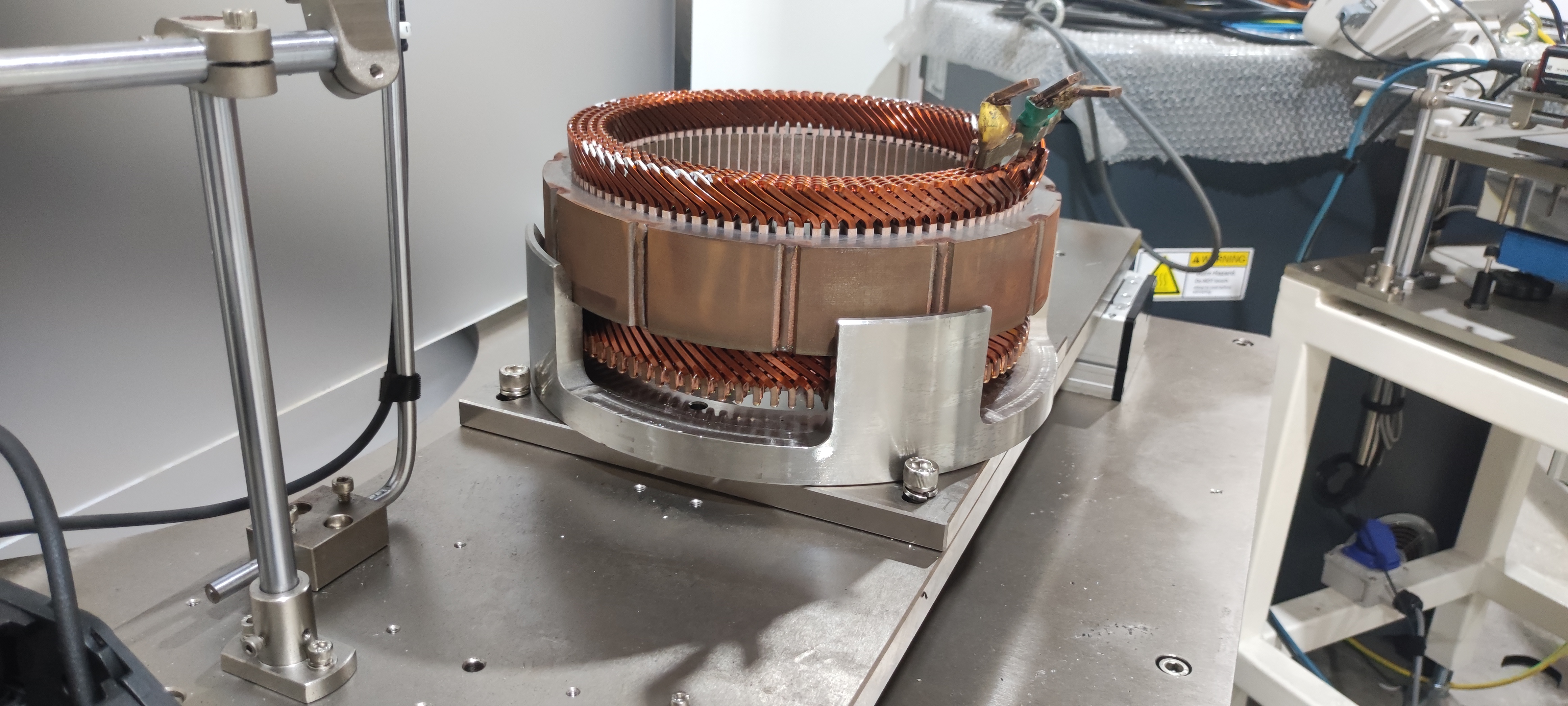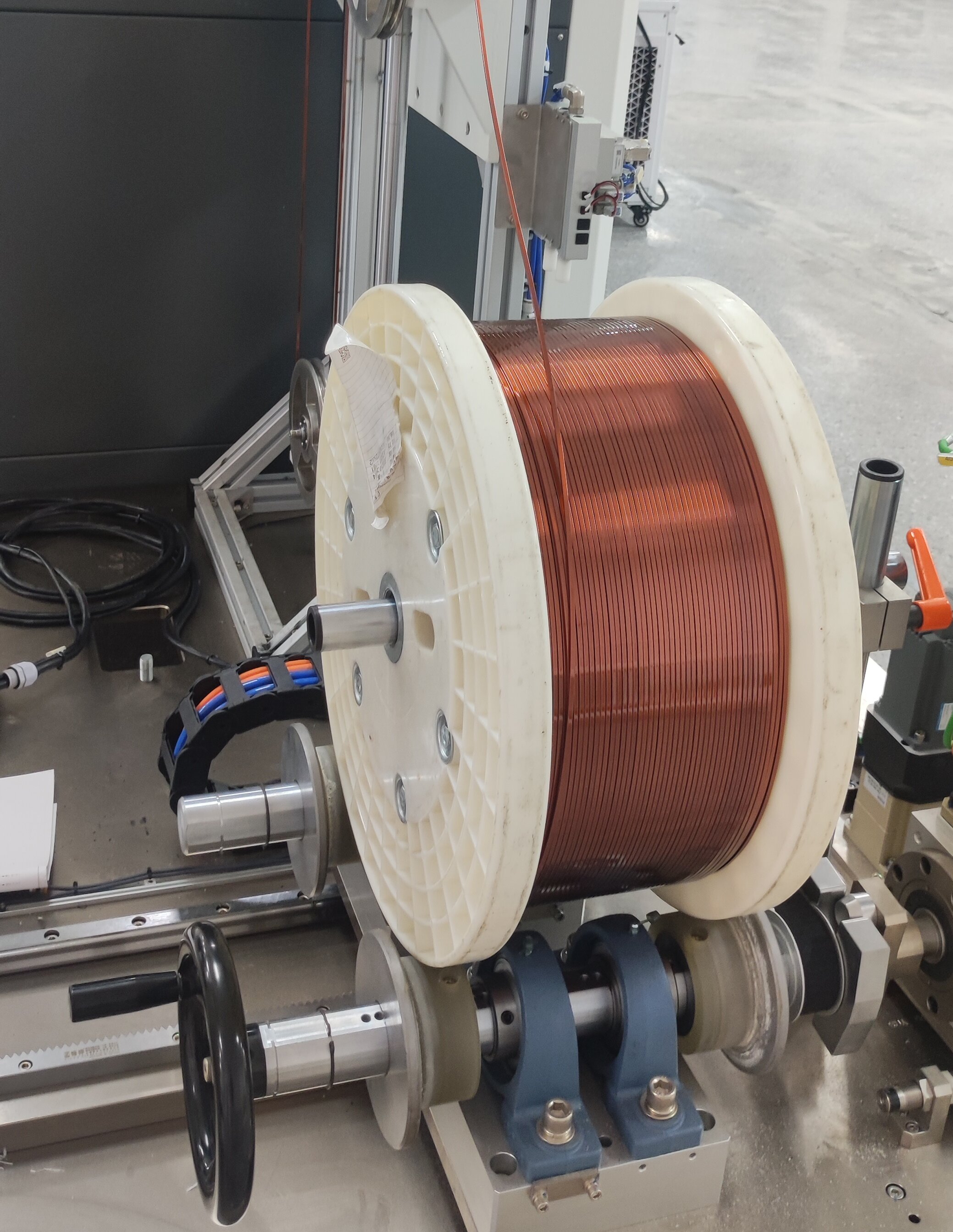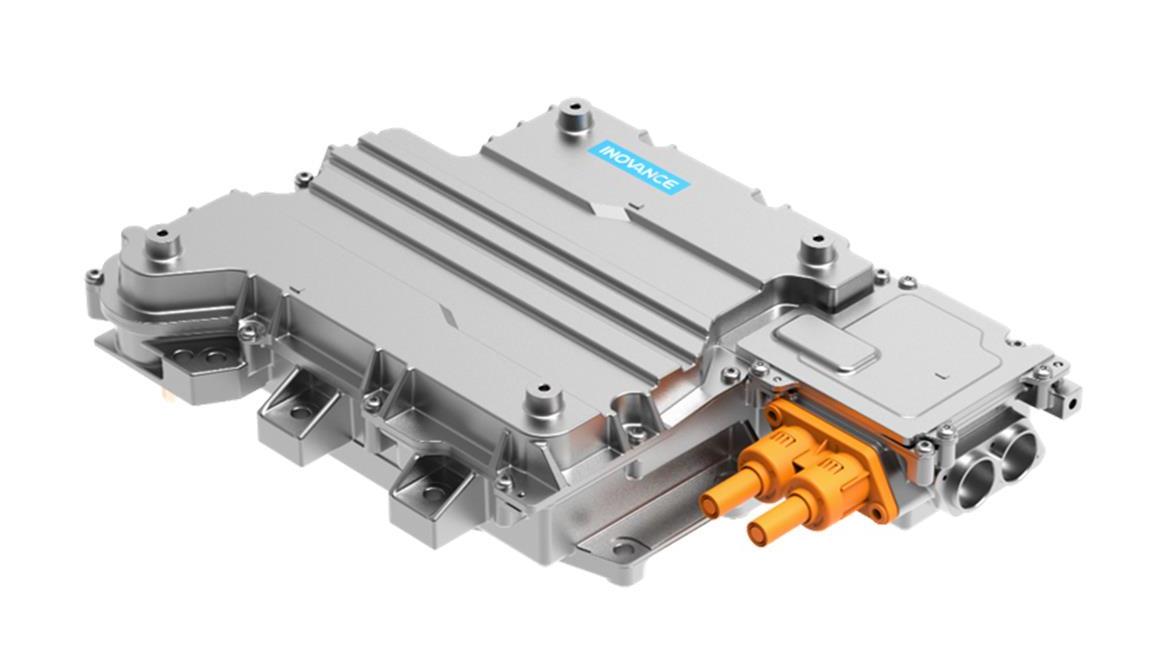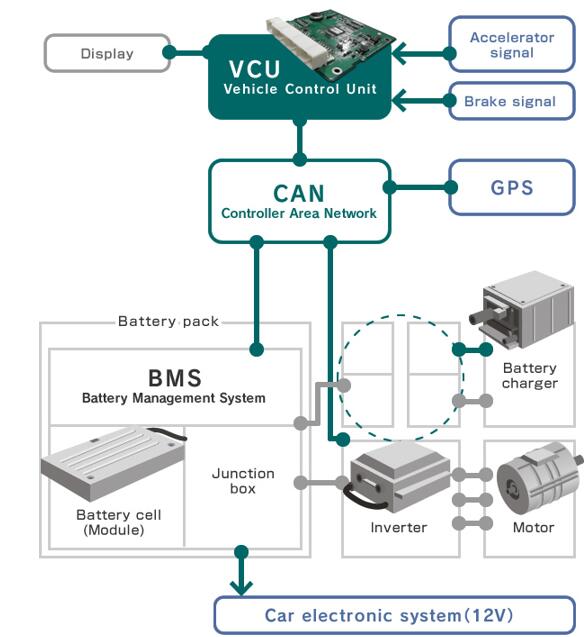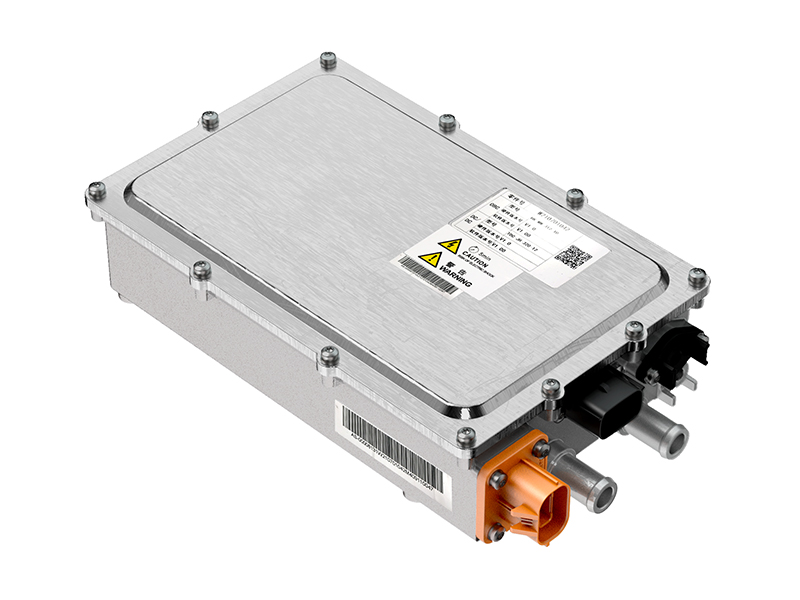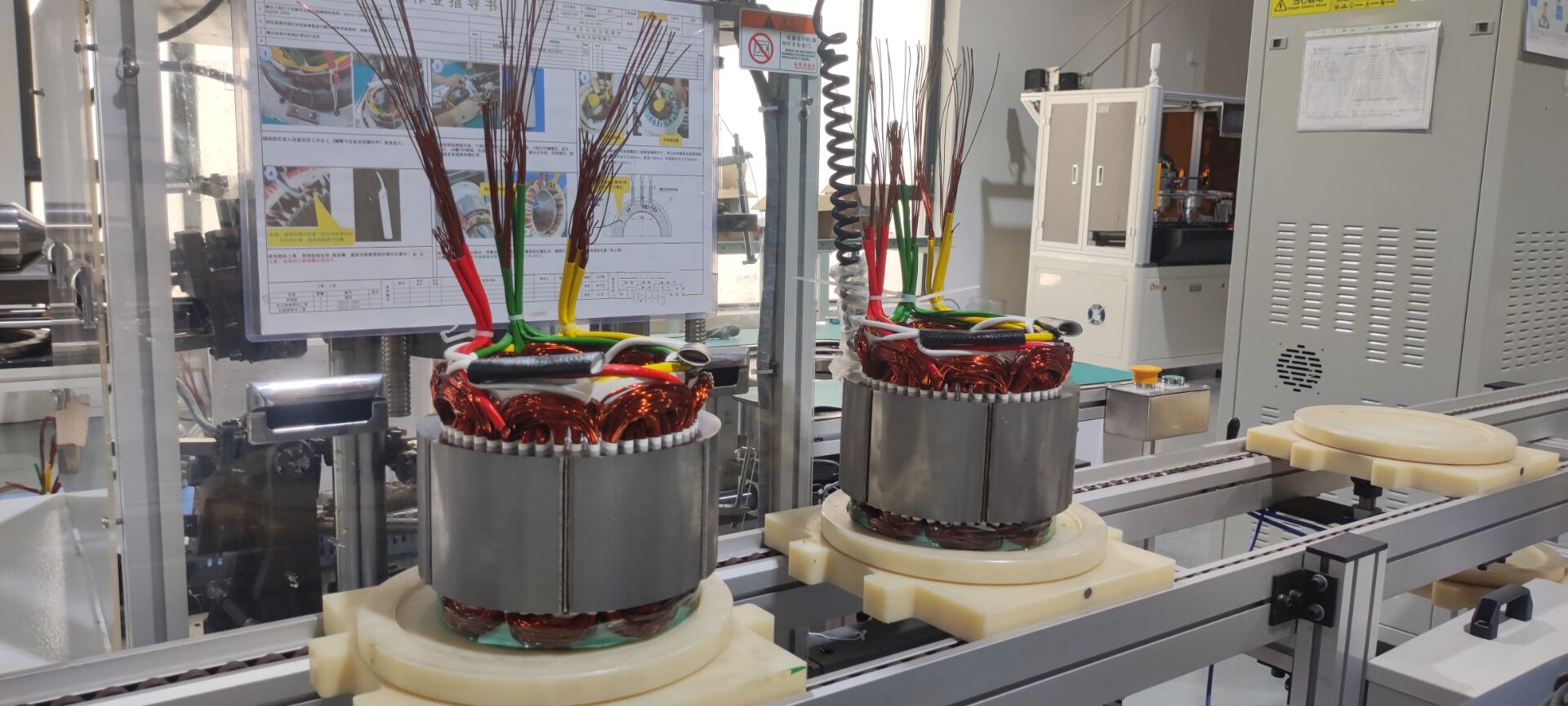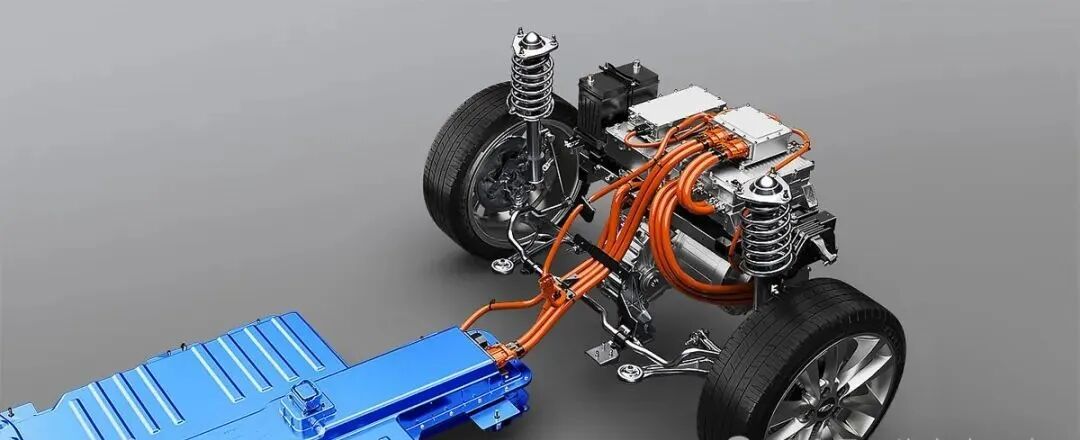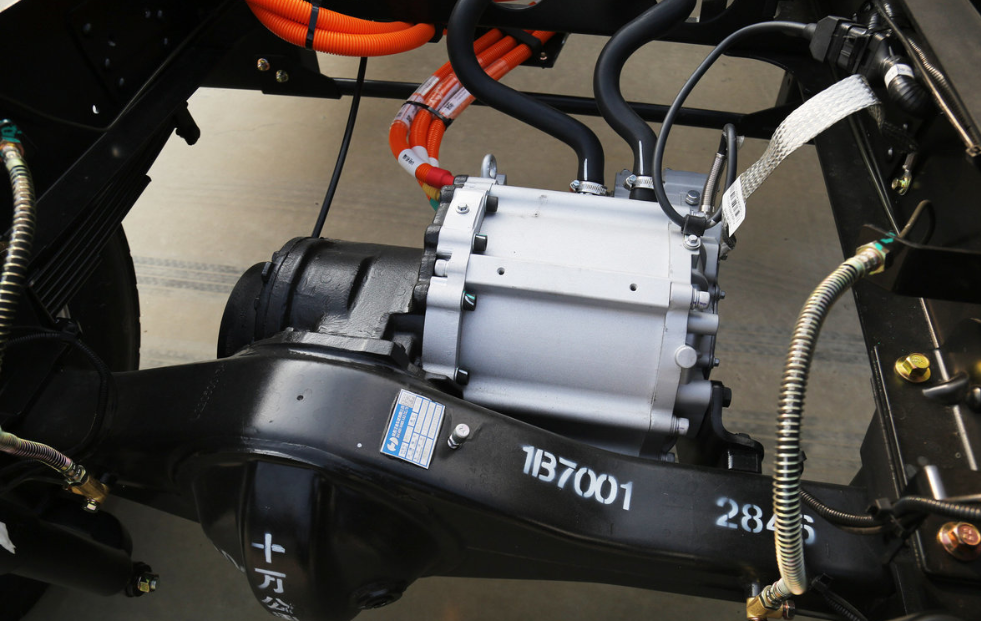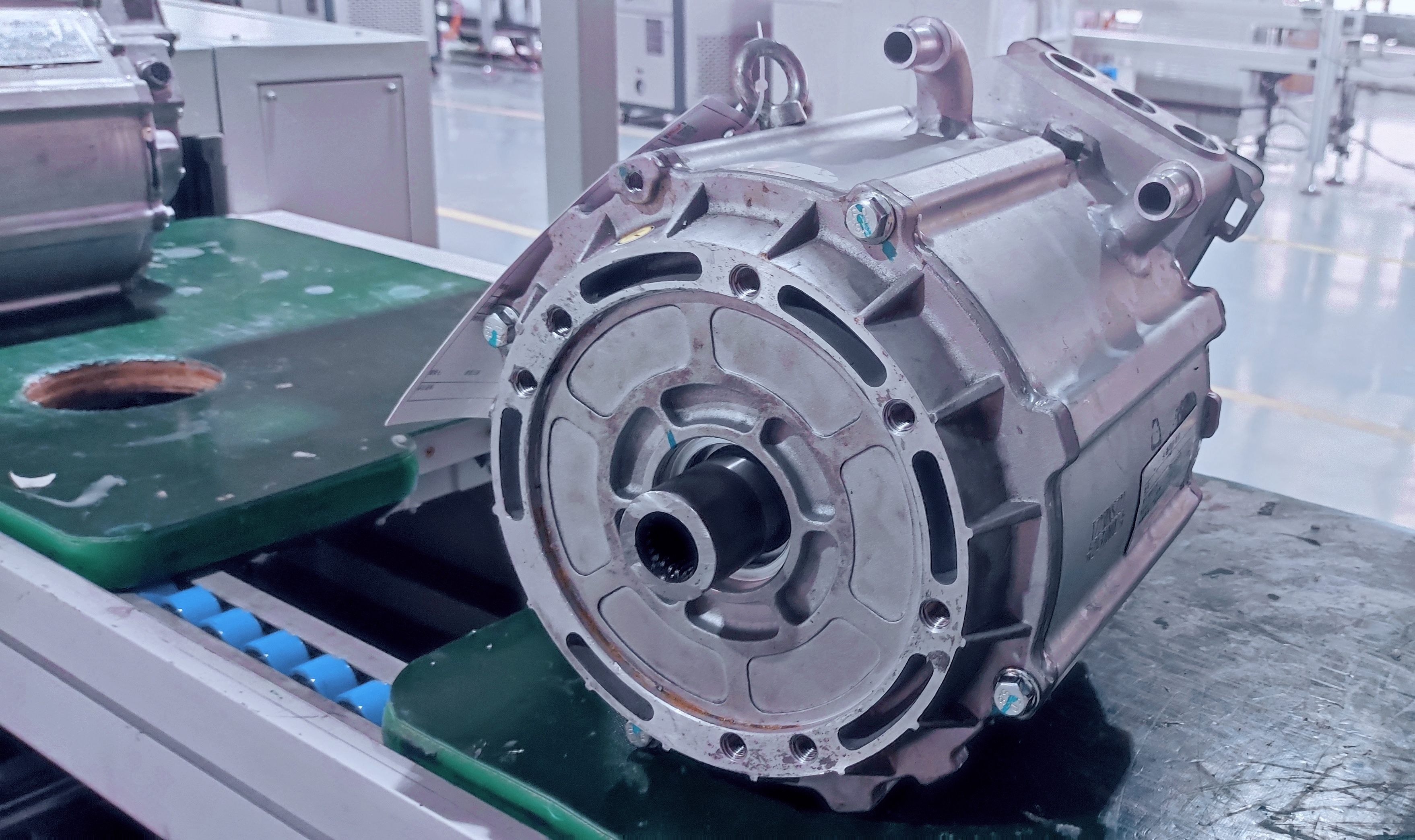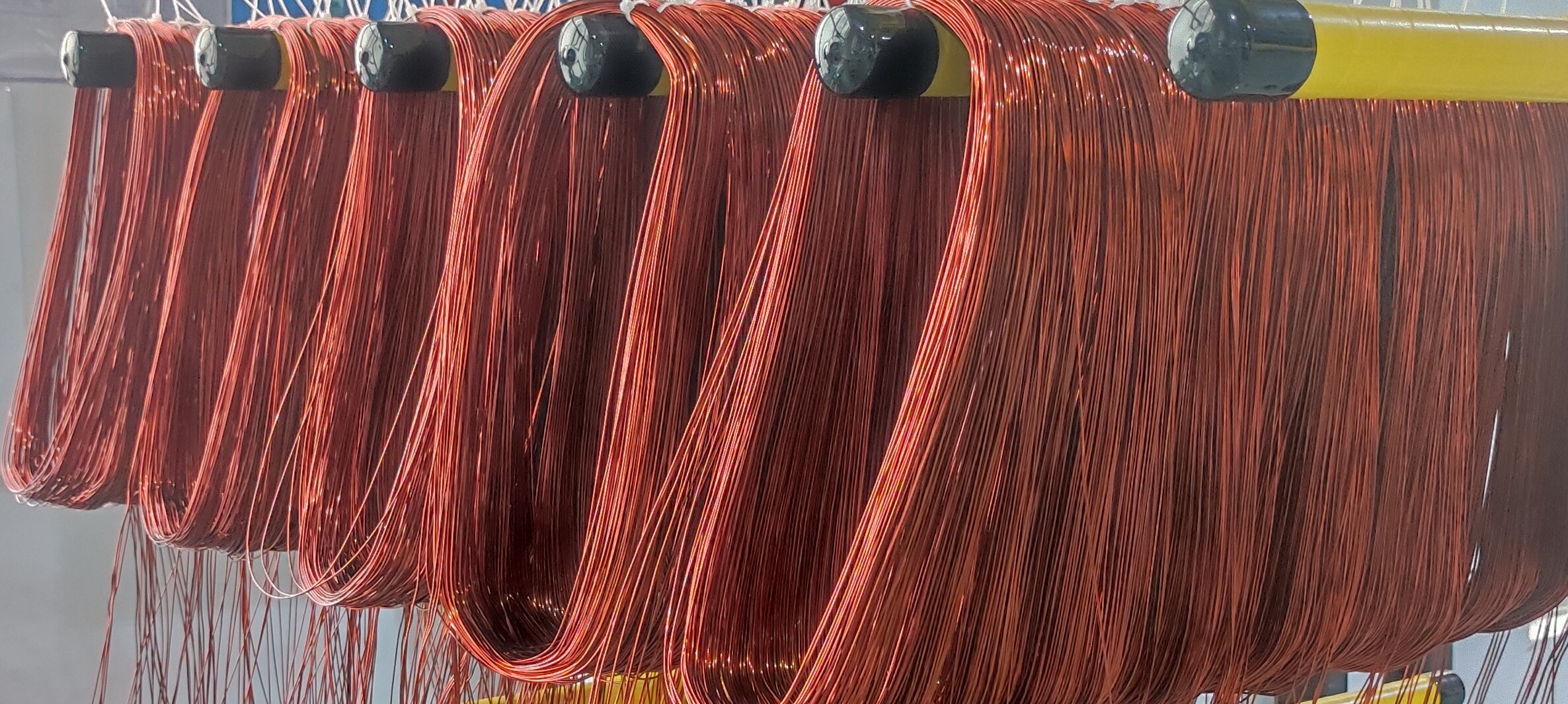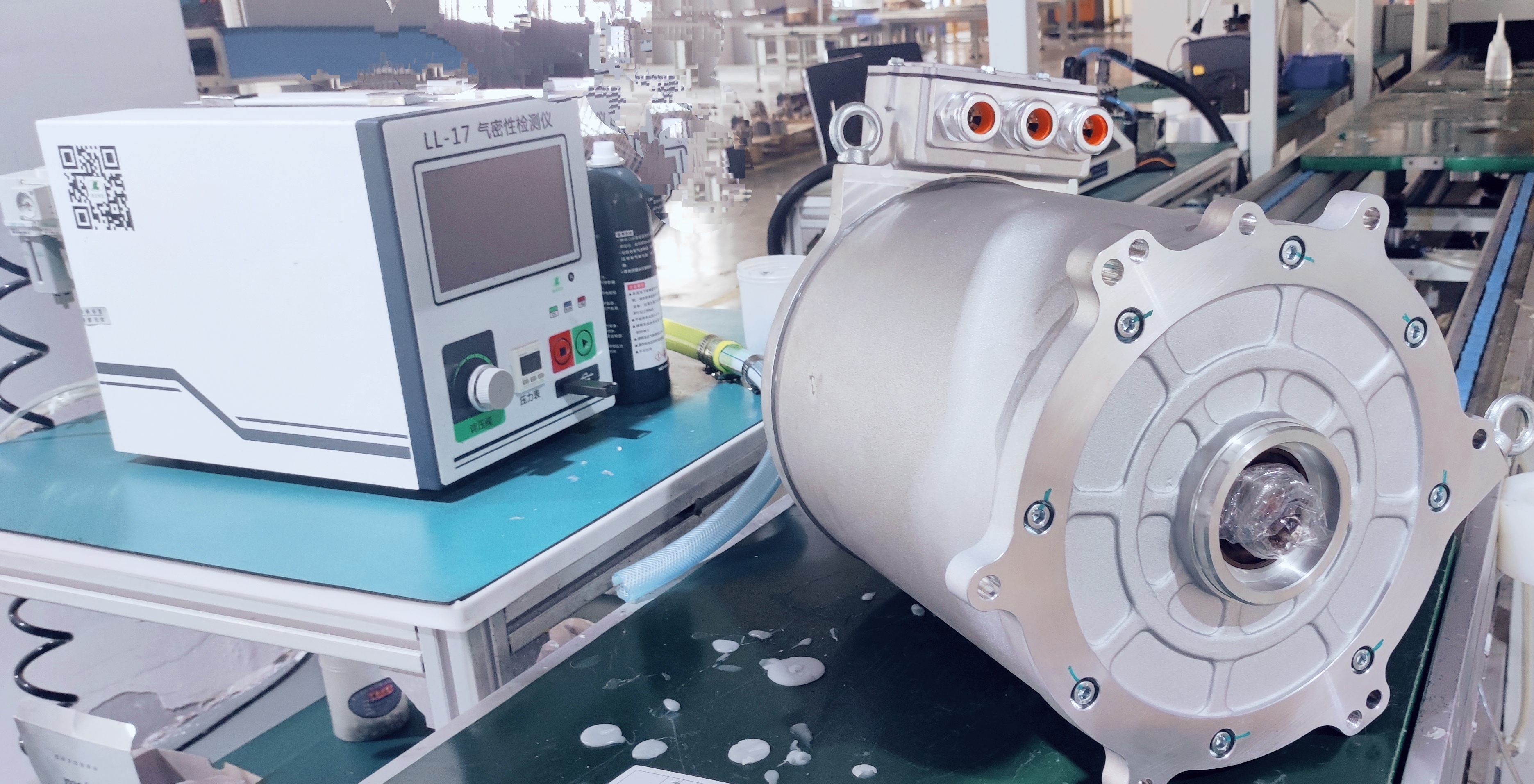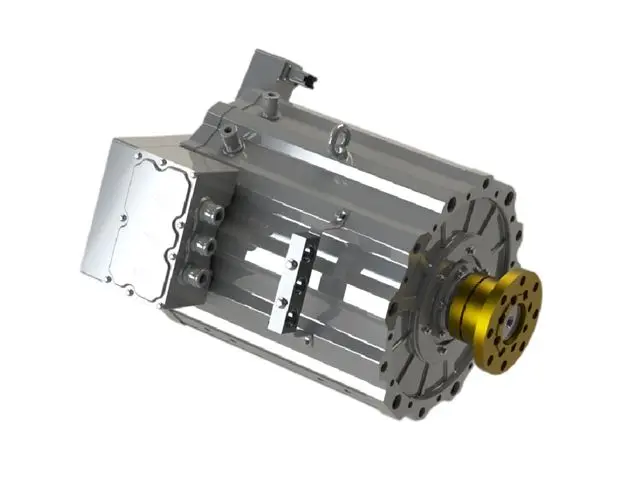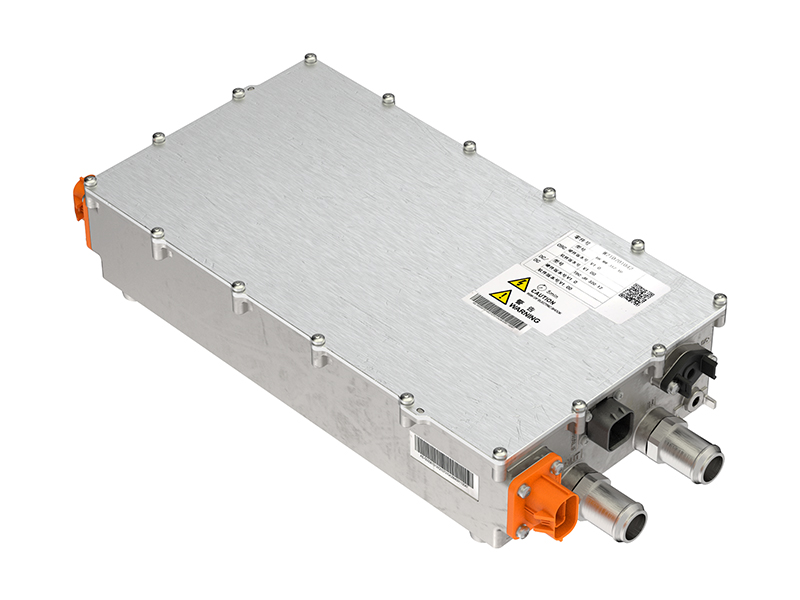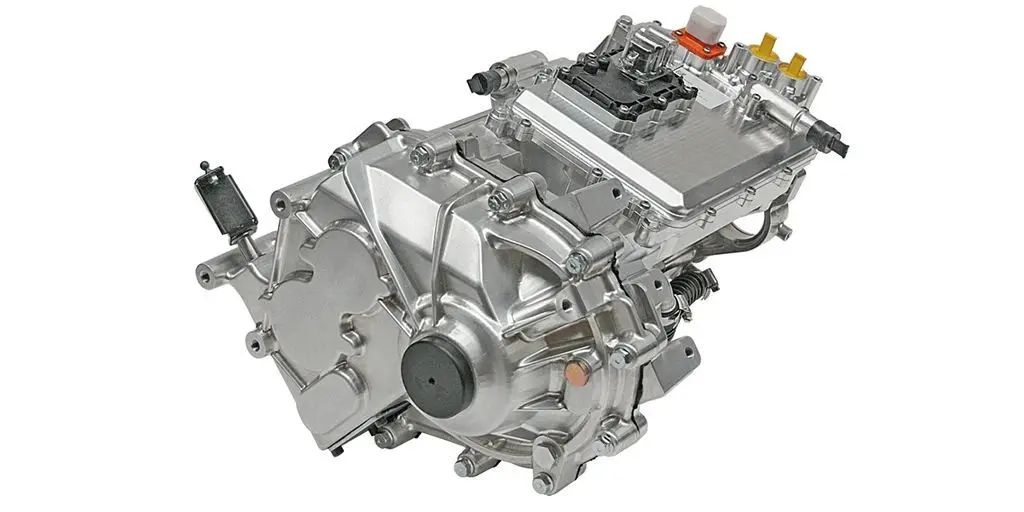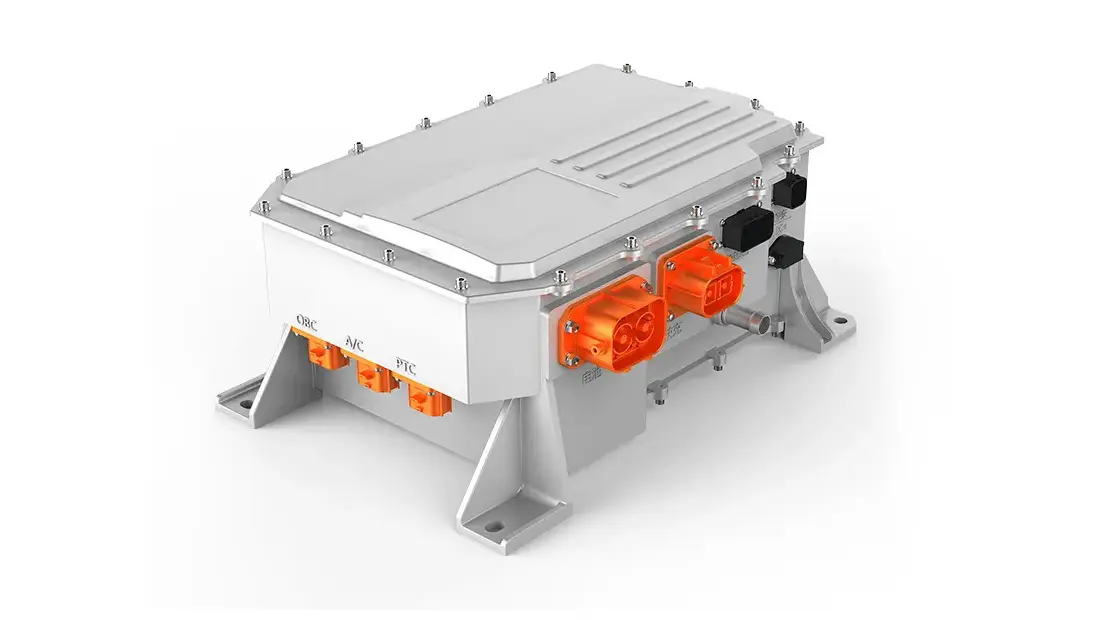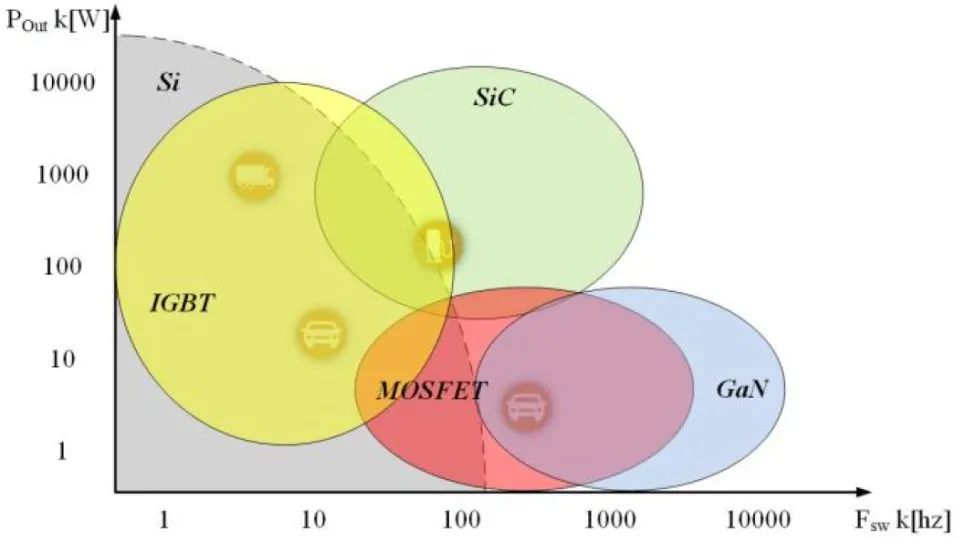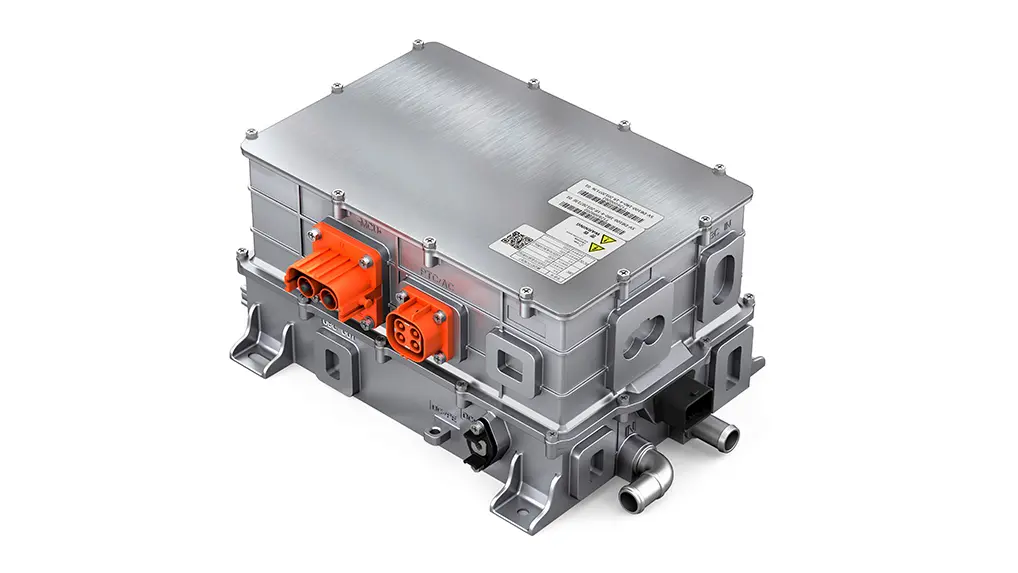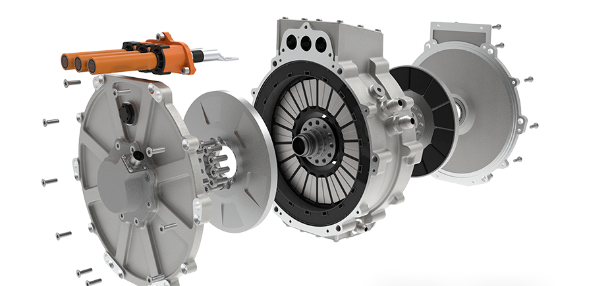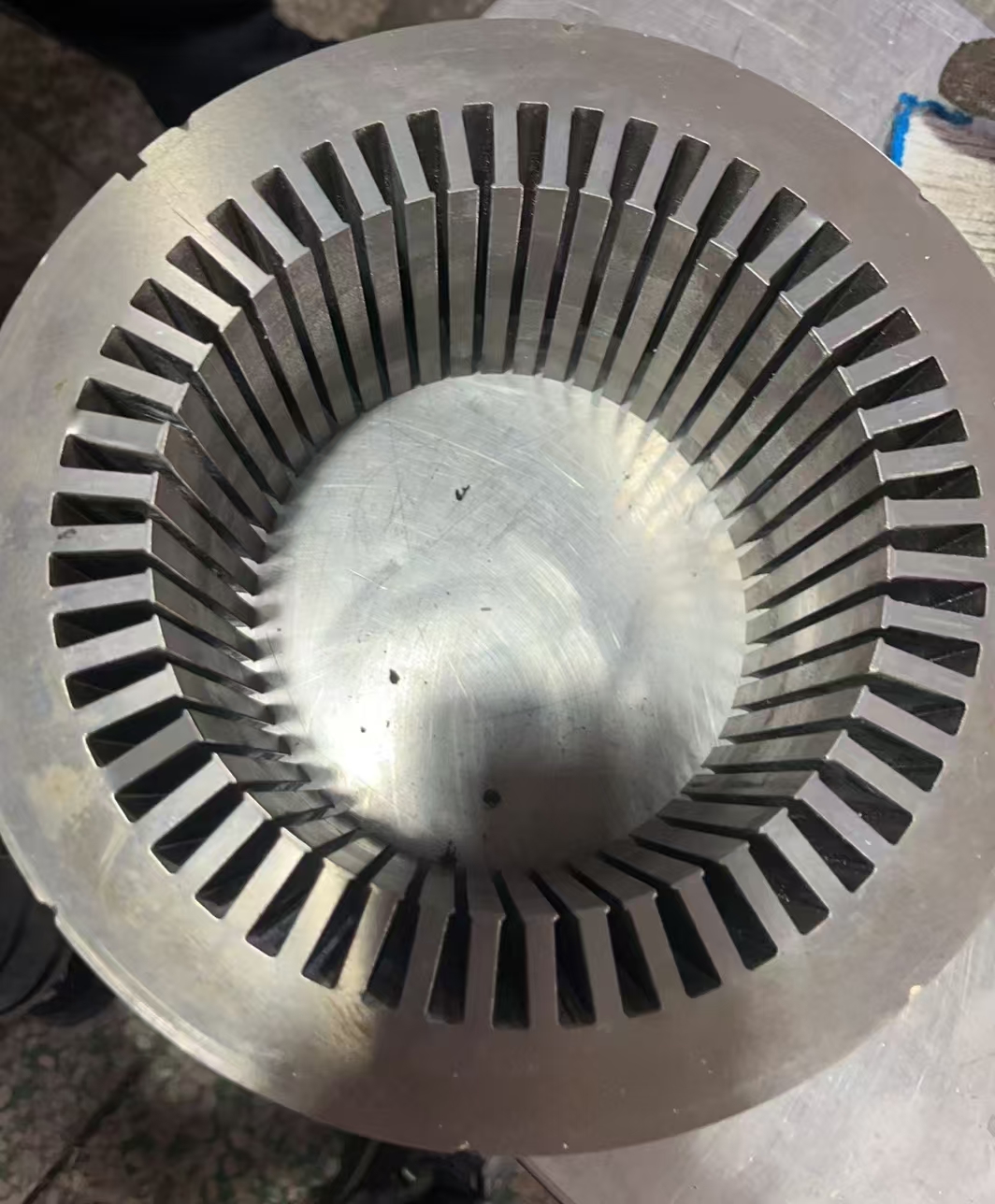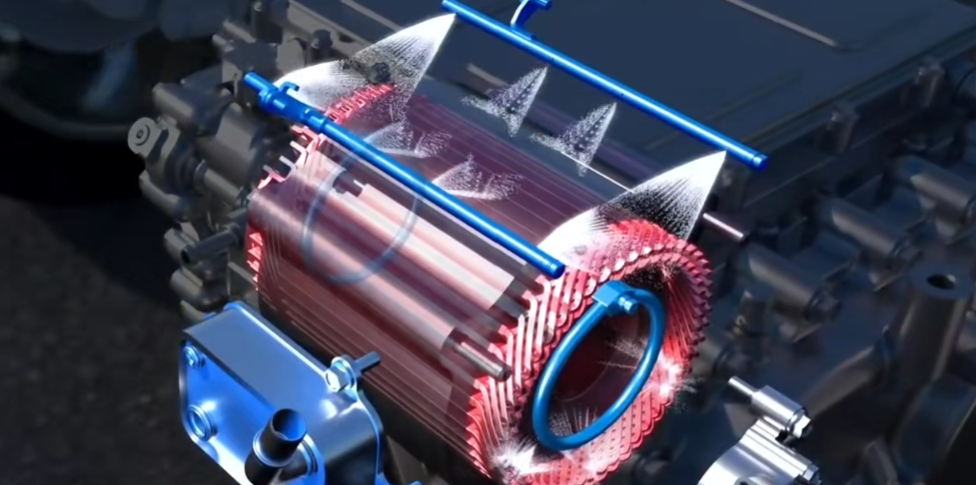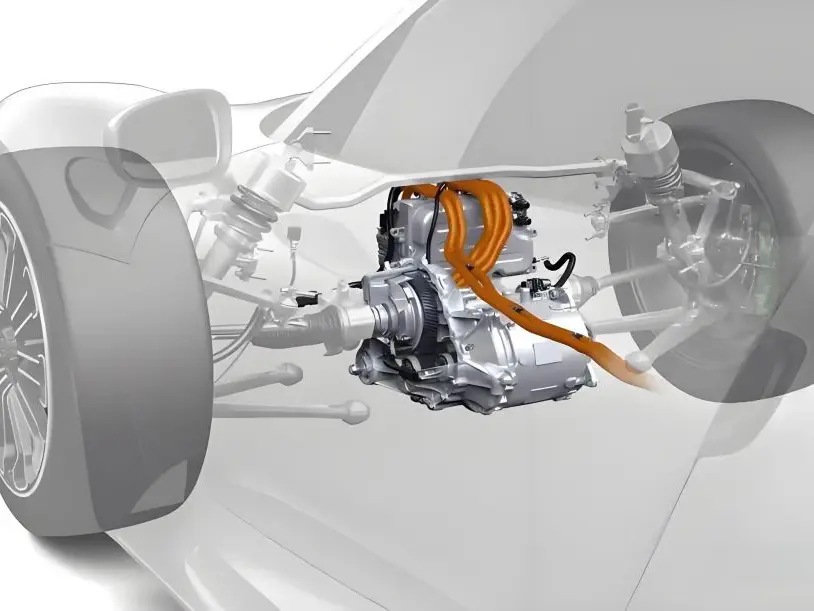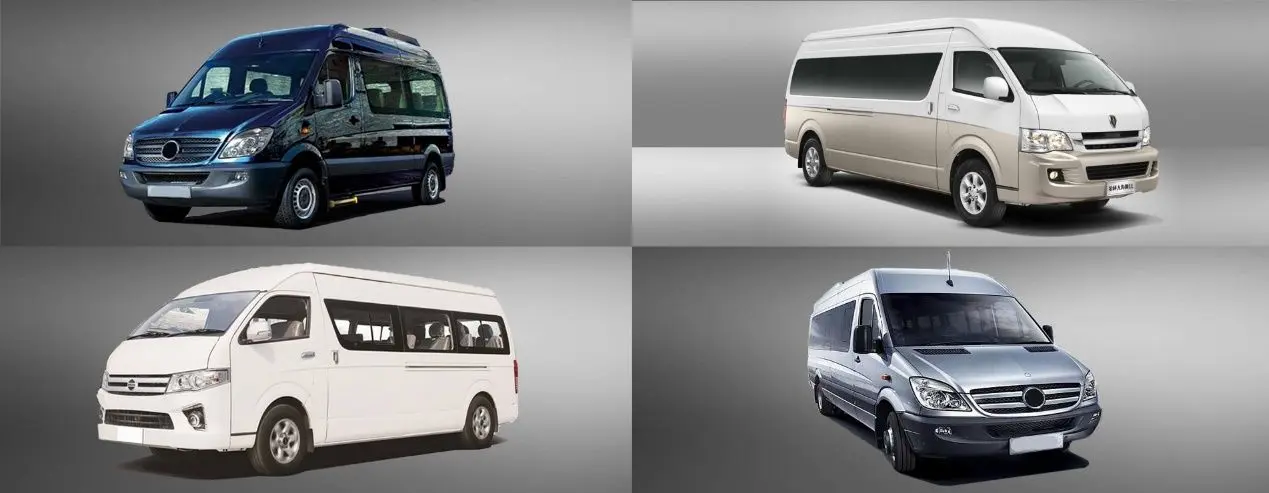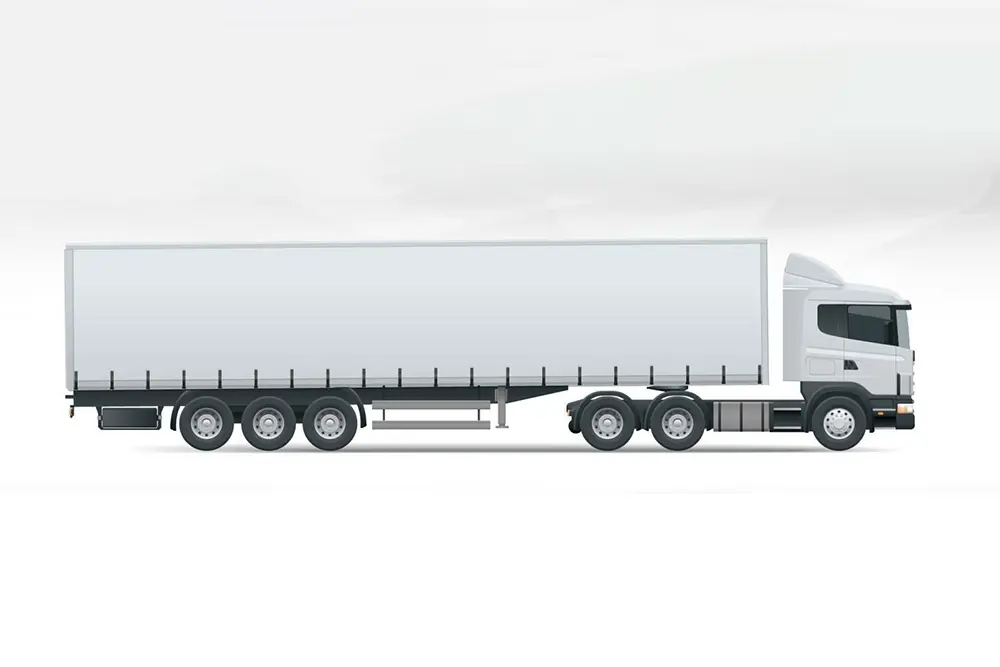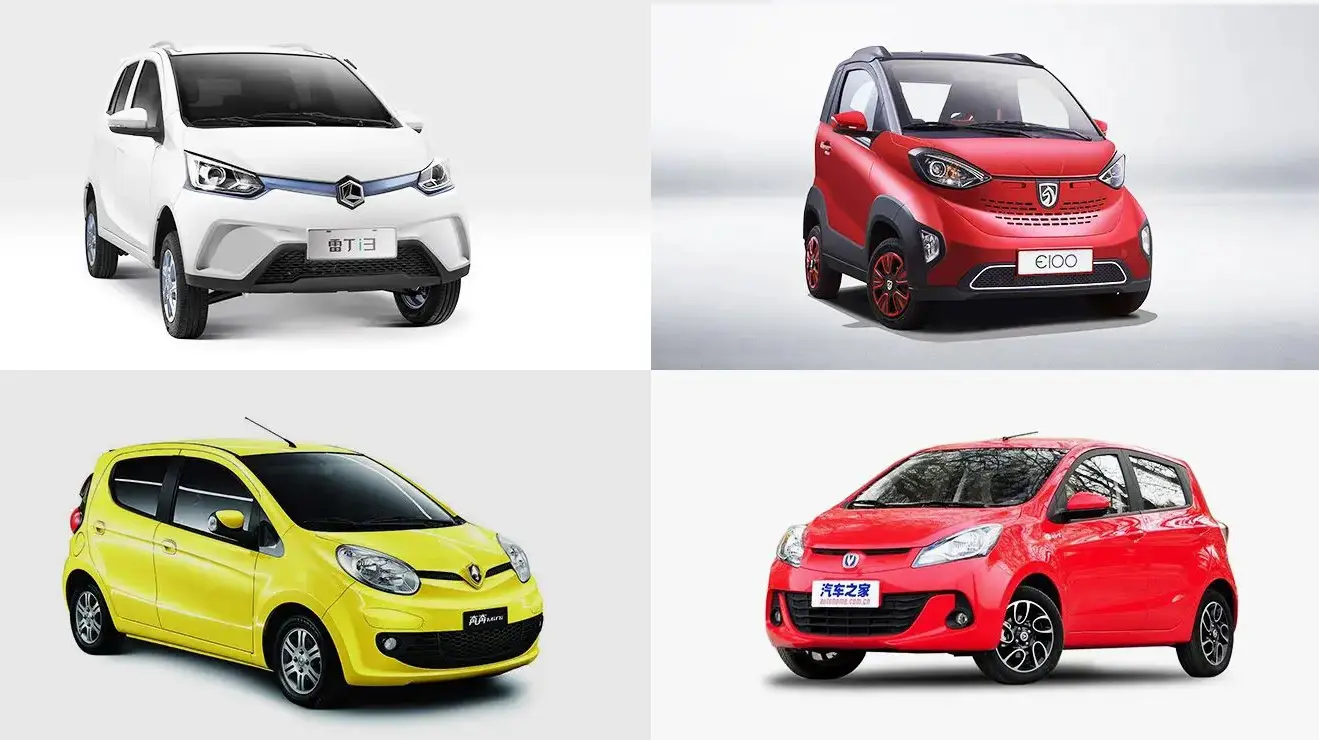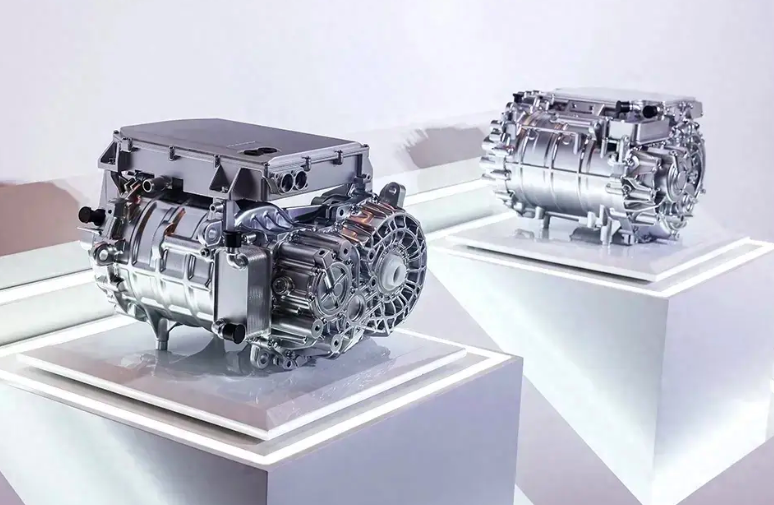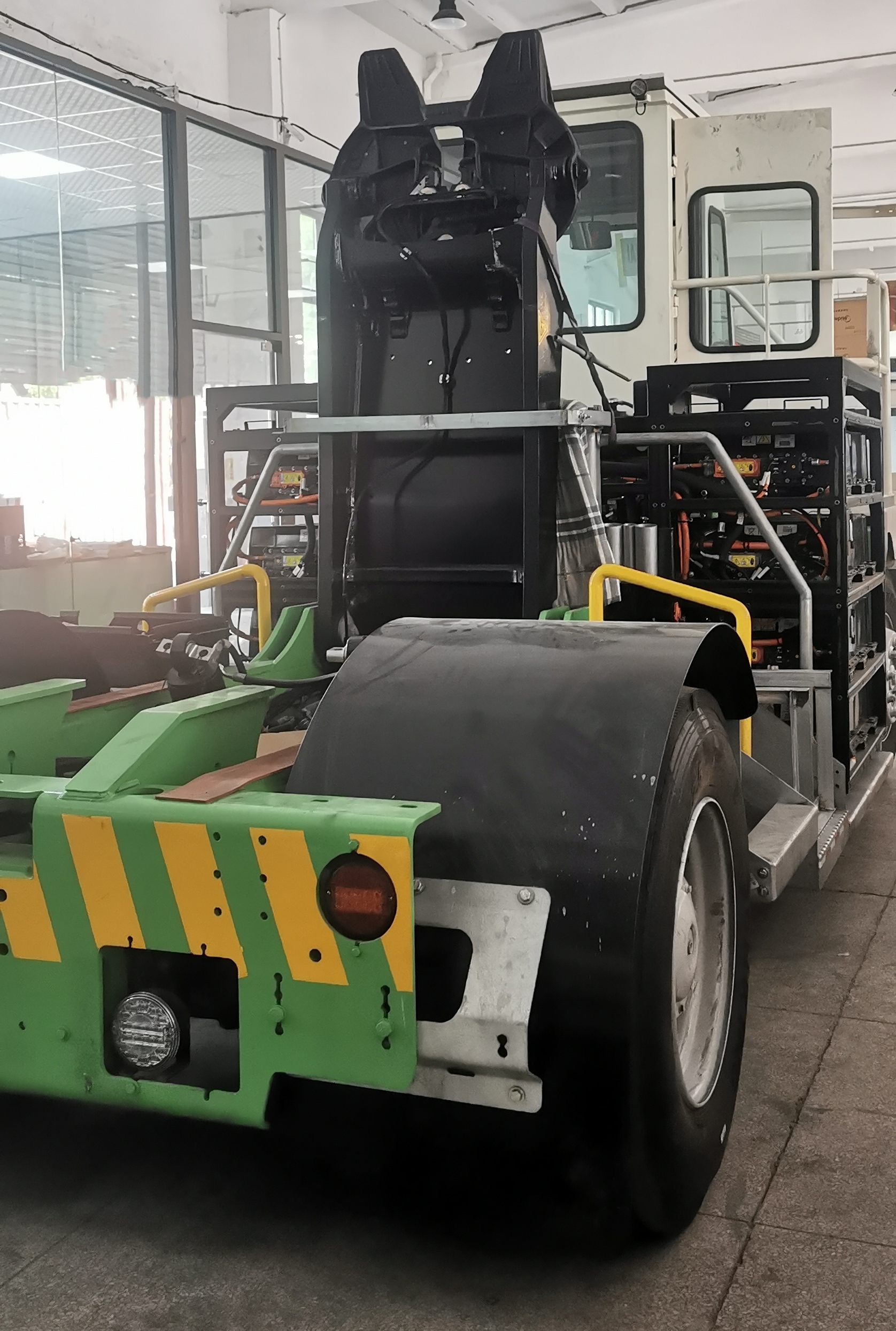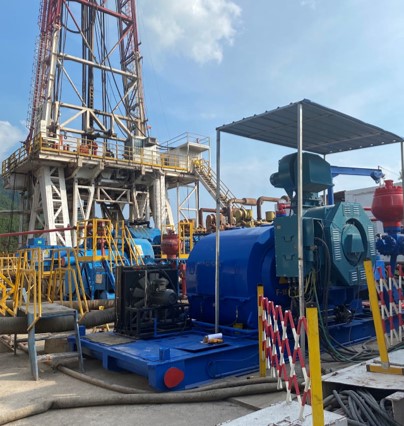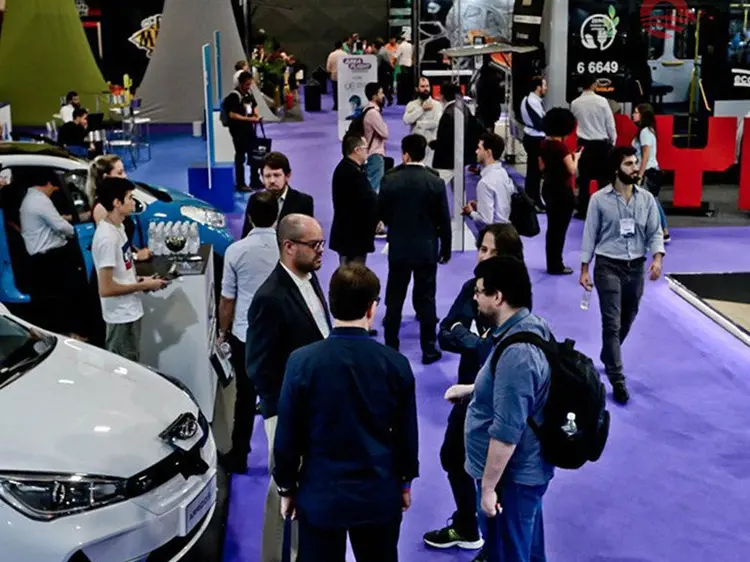Everything You Need to Know About Electric Car Kits for Conversions
Introduction
The automotive industry is undergoing a revolution. With rising concerns over climate change and the environmental impact of fossil fuels, many car owners are looking for greener alternatives to traditional gasoline-powered vehicles. Electric vehicles (EVs) have emerged as a sustainable solution, but the cost of buying a new electric car can be prohibitive for some. This has led to the rise of electric car conversion kits — an affordable, eco-friendly alternative that allows people to transform their gasoline-powered vehicles into electric ones.
Electric car conversion kits offer a cost-effective way to switch to electric driving while repurposing older vehicles. This trend is growing not only among environmentally conscious drivers but also among car enthusiasts who want to preserve their classic cars while upgrading them with modern, efficient electric technology. In this article, we will explore everything you need to know about electric car kits for conversions, from the essential components of the kits to the benefits and challenges of doing a conversion.
What Are Electric Car Kits?
Electric car conversion kits are specially designed packages that allow car owners to replace their internal combustion engine (ICE) with an electric motor, along with all the necessary components required to operate the vehicle electrically. These kits typically include electric motors, battery packs, controllers, wiring harnesses, chargers, and other essential components that make the conversion process as seamless as possible.
Converting a gasoline vehicle to an electric vehicle (EV) may sound like a daunting task, but electric car kits are designed to make the process easier, even for DIY enthusiasts. These kits can be customized based on the car’s make, model, and the desired driving range and performance. Essentially, they provide all the parts and instructions you need to create a clean, efficient, electric car.
Unlike electric vehicle conversions done in the early days, which were mostly DIY projects, today's electric conversion kits are more refined, with improved components, detailed installation guides, and support from manufacturers. This makes it easier than ever for people to convert their vehicles to electric power while significantly reducing the overall cost of going electric.

Essential Components of a Conversion Kit
An electric car conversion kit contains several critical components necessary to replace the traditional gasoline-powered drivetrain with an electric one. These components must work together efficiently to power the vehicle, ensure safety, and maximize performance. Here are the essential parts of an electric car conversion kit:
1. Electric Motor
The electric motor is the core component of an electric vehicle. It replaces the gasoline engine and powers the car using electricity stored in the battery pack. Electric motors used in conversions typically come in two types: DC (direct current) and AC (alternating current).
DC Motors: These are less expensive and simpler to install. They are commonly used for small to medium-sized vehicles. However, they require a separate controller and are less efficient at higher speeds.
AC Motors: These are more efficient and offer better performance at higher speeds. They are often used for larger vehicles or those requiring longer ranges. AC motors are also more efficient in terms of regenerative braking.
The motor’s power output is one of the key factors to consider when choosing a conversion kit. A more powerful motor will provide better acceleration and top speed but may also require a larger battery and more advanced components.
2. Battery Pack
The battery pack stores electrical energy, which powers the electric motor. It is one of the most expensive components of an electric conversion kit. Modern electric vehicles typically use lithium-ion (Li-ion) batteries because of their high energy density, longer lifespan, and better overall performance compared to older battery technologies like lead-acid.
When choosing a battery pack, factors such as range, voltage, and weight should be considered. The larger the battery pack, the longer the vehicle’s range will be. Battery packs are usually designed to fit the available space in the vehicle’s trunk or under the floor, though modifications may be needed.
3. Controller
The controller manages the flow of electricity between the battery and the motor. It regulates the vehicle's speed and acceleration, ensuring that the motor receives the correct amount of power depending on the driver’s input. A high-quality controller will also improve energy efficiency, providing smoother acceleration and regenerative braking.
The controller also has safety features to protect against overvoltage, overheating, and other electrical hazards. Some modern controllers include advanced features like Bluetooth connectivity for monitoring vehicle performance or adjusting settings remotely.
4. Charger
An electric car conversion kit typically includes a charger designed to recharge the battery pack. This charger can be plugged into a standard electrical outlet or a specialized charging station. Some chargers offer faster charging times, but they can be more expensive and may require modifications to the home electrical system.
Fast-charging options are ideal for people who need to recharge quickly but are not always available in residential settings. In addition to home charging, some electric vehicle owners opt for fast-charging stations at commercial locations or use DC fast-charging systems for quicker charging.
5. DC-DC Converter
Electric vehicles typically run on two voltage systems: a high-voltage system for the electric motor and a low-voltage system for the vehicle's accessories (lights, dashboard, etc.). The DC-DC converter steps down the high voltage from the main battery pack to the 12V system that powers the car’s electronics. This ensures that all the electrical components in the car receive the correct voltage.
6. Transmission
In most electric vehicles, a transmission is either not necessary or is much simpler than a gasoline-powered vehicle's multi-gear system. Electric motors provide instantaneous torque, meaning that there’s no need for gear shifting for acceleration. Some electric car conversions retain the original vehicle's transmission, while others may opt for a direct-drive system with no gears.
7. Other Accessories
Conversion kits may also include other essential components such as wiring harnesses, fuses, relays, and cooling systems for the motor and battery pack. These components ensure that the electrical system works efficiently and safely.
Benefits of Converting Your Car
There are several compelling reasons why car owners are choosing to convert their gasoline vehicles to electric. Here are some of the top benefits:
Cost Savings
Converting an existing vehicle to electric can be significantly cheaper than purchasing a new electric vehicle (EV). New EVs can cost upwards of \$30,000 to \$40,000, while conversion kits typically cost between \$6,000 and \$20,000, depending on the car's size and the kit's complexity. You may also save on taxes and other fees that come with purchasing a new car.
Additionally, electric vehicles have lower operating costs. Charging an EV is generally cheaper than refueling with gasoline, and electric motors require less maintenance because they have fewer moving parts than gasoline engines.
Environmental Impact
Electric vehicles are much cleaner than gasoline-powered cars. They produce zero tailpipe emissions, making them an excellent choice for reducing your carbon footprint. By converting your vehicle to electric, you are contributing to a cleaner environment and reducing air pollution.
In addition to zero emissions while driving, EVs have lower overall environmental impact due to fewer resource-intensive processes associated with gasoline-powered vehicles. Moreover, by repurposing an older vehicle, you help reduce automotive waste.
Preservation of Classic Cars
For classic car enthusiasts, converting a gasoline-powered vehicle into an electric one is a great way to preserve the car's design, history, and aesthetics while upgrading it with modern, efficient technology. Conversions allow you to keep the original body and features of your classic car, while benefiting from the latest advancements in electric propulsion.
Increased Energy Efficiency
Electric motors are far more efficient than internal combustion engines. While a gasoline engine typically converts only about 20% of the energy from fuel into usable power, electric motors can convert around 90% of the energy stored in the battery into usable motion. This means that electric vehicles are not only more energy-efficient but also more cost-effective in the long run.
Reduced Maintenance Costs
Electric vehicles require much less maintenance than traditional gasoline vehicles. There are no oil changes, fewer moving parts, and no exhaust systems to maintain. This reduces the frequency of repairs and replacements, making electric vehicles cheaper to maintain in the long run.
Choosing the Right Kit for Your Vehicle
Selecting the right electric car conversion kit is critical for ensuring a successful and satisfying conversion. Here are some key factors to consider:
1. Vehicle Type
The type of vehicle you plan to convert plays a significant role in determining which conversion kit is appropriate. Factors like the car’s weight, size, and original powertrain configuration (manual or automatic transmission) will affect your choice of motor, battery pack, and other components. For example, heavier vehicles like trucks or SUVs will need more powerful motors and larger battery packs than smaller, lighter cars.
2. Driving Range
One of the most important considerations when selecting a conversion kit is the driving range. How far do you need to be able to drive on a single charge? Typically, a full conversion can offer a range between 50 to 150 miles, depending on the size of the battery pack and the energy efficiency of the vehicle. If long-range driving is important to you, make sure to select a kit that offers the necessary battery capacity.
3. Performance
Another important factor is the performance characteristics of the conversion kit. Do you want a conversion that provides faster acceleration and higher top speeds? The motor's power output, the battery's capacity, and the controller’s specifications will determine how quickly your converted vehicle can accelerate and how fast it can go.
4. Budget
Electric car conversion kits vary greatly in price. While a basic kit might cost as little as \$6,000, a high-performance kit with a large battery pack could exceed \$20,000. Be sure to factor in any additional costs, such as installation, tools, and potential modifications to the vehicle.
5. Skill Level and Support
Some kits are designed for professionals, while others are geared toward DIY enthusiasts. If you plan to do the conversion yourself, look for kits with detailed instructions and ample customer support. If you’re not confident in your ability to handle the electrical systems and mechanical work, it might be worth hiring a professional mechanic or an EV conversion specialist to help with the installation.
The Installation Process
Converting a car to electric power is a complex process that involves multiple stages. While the installation process can vary depending on the vehicle and the kit, the general steps include:
1.Removing the Gasoline Engine: This step involves disconnecting and removing the vehicle’s internal combustion engine and related components, such as the exhaust system, fuel tank, and other mechanical parts.
2.Installing the Electric Motor: The electric motor is then installed in place of the engine. Custom motor mounts are usually required to secure the motor in the engine bay.
3. Mounting the Battery Pack: Depending on the available space, the battery pack is typically installed in the trunk, under the vehicle’s floor, or in other locations that can accommodate the size and weight of the pack.
4. Connecting the Controller and Wiring: The electric motor, battery pack, and controller must be properly wired to ensure safe and efficient operation. Proper wiring and connections are critical for the vehicle to function correctly.
5. Testing the Vehicle: Once everything is installed, the system is thoroughly tested to ensure that the motor, battery, and controller are all functioning correctly. It’s essential to check for any potential issues, such as electrical faults, overheating, or inefficiencies.
Potential Challenges in Conversion
While electric car conversions offer many benefits, they also come with challenges that must be carefully considered:
1. Technical Complexity: The conversion process is not for the faint of heart. It requires a deep understanding of both mechanical systems and electrical systems. If you lack experience with automotive repairs or electrical work, you may run into difficulties.
2. Cost: While converting a car to electric can be cheaper than purchasing a new EV, the cost of the kit and additional expenses (such as installation, tools, and modifications) can still be significant.
3. Regulatory Issues: In some regions, converted electric vehicles must undergo inspections and certification to ensure they meet safety and environmental regulations. This can add complexity and time to the conversion process.
4. Limited Range and Performance: The driving range and performance of a converted vehicle may not match that of modern electric cars. The size of the battery pack and the power of the motor may limit the range, which can be an issue for long-distance drivers.
The Future of Electric Car Conversion Kits
The future of electric car conversion kits looks promising. As electric vehicle technology continues to improve, conversion kits are likely to become more affordable, efficient, and accessible. We can expect:
1. Better Battery Technology: Advances in battery technology will lead to more compact, efficient, and higher-capacity batteries, increasing the range and performance of converted vehicles.
2. Streamlined Conversion Kits: Conversion kits will become more user-friendly, with plug-and-play systems and better installation instructions, making the process easier for DIY enthusiasts.
3. Regulatory Support: As electric cars become more mainstream, governments may introduce more favorable regulations for EV conversions, making the process easier and more cost-effective.
4. Integration with Renewable Energy: Future electric vehicle conversions could integrate renewable energy systems, such as solar panels, to further reduce the carbon footprint and enhance sustainability.
Conclusion
Electric car conversion kits offer a practical, eco-friendly way to transition to electric driving without the high cost of purchasing a new electric vehicle. They allow car owners to repurpose older vehicles and preserve classic cars while reducing their carbon footprint and enjoying the benefits of modern electric propulsion. While the conversion process may seem complex, the growing availability of high-quality kits and detailed instructions is making it easier for DIY enthusiasts to complete the project. With the continued advancement of electric vehicle technology, the future of electric car conversions looks bright, making it an exciting time to consider going electric.









